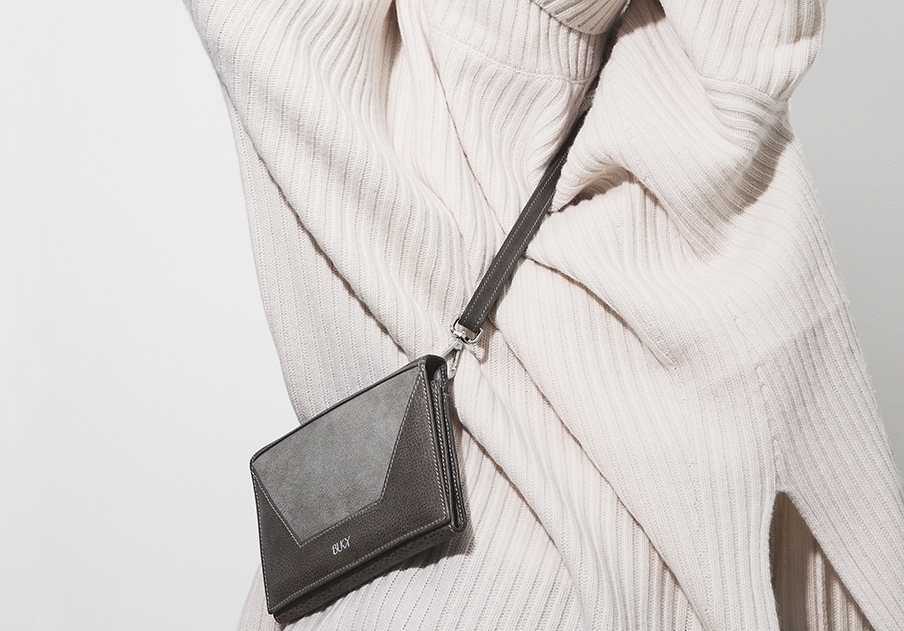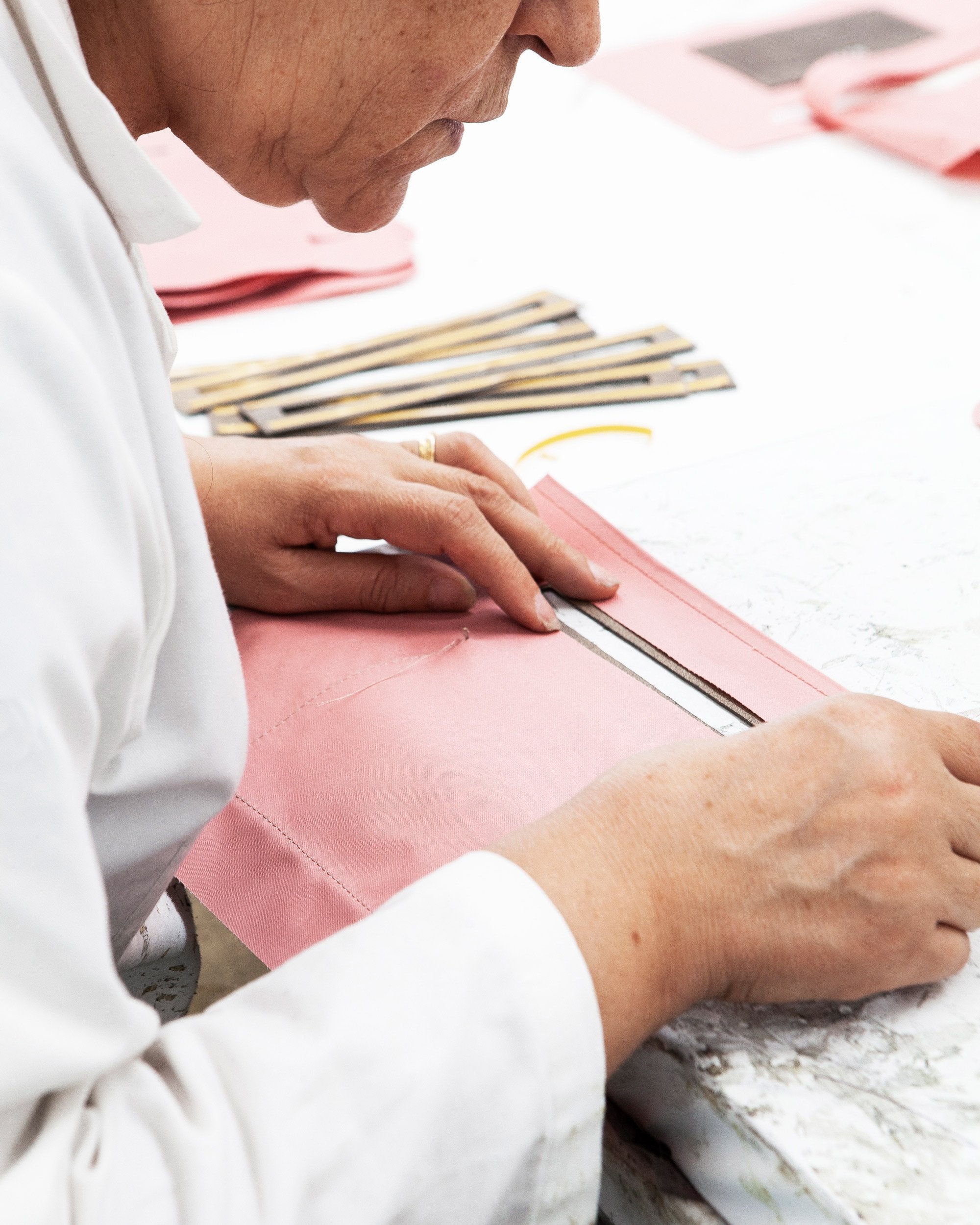Artikel: Shopping with Intention

Shopping with Intention
The main issue with consumption is our shopping habits - we shop too much. We buy what we don’t need, we don’t use what we've already got, and we are used to paying too little for clothing and accessories. The most powerful change would be if world leaders cleaned up the industry once and for all. And for the industry to be clear about what sustainability and slow fashion truly is about, not just from a marketing perspective. It is necessary to define and work both towards overall long-term goals and to do what we can as individuals today.
The good news is that we can change. What inspired me to be an intentional shopper has been the journey of creating my own brand and trying to understand what it is that has happened with the industry and why. Understanding the market structure - the whole market including ethics and environmental sustainability. But also, how unfair consumer pricing sets the rules for a whole market which has destroyed our view on value. How pressure from shareholders is creating a business climate where profitability must be prioritized overall. These things have made me urge for a different and better way to live.
In 2014 New York Times published a piece comparing pricing between 1986-2013 on consumer goods in relation to apparel and the result clearly spoke for itself. While pricing on consumer goods in total has increased with about 110% apparel has stagnated at +20%. At the same time the apparel share of a household’s total expenses is smaller – even though we shop more than ever. We are simply used to paying too little and we compare apples with oranges when choosing between fast fashion and sustainable brands. To make cheap apparel and accessories brands cut costs - often on someone else expense.
When we shop, we need to feel the power we have as consumers. And that feeling of power must be stronger than the urge for a black top on a discount. Elisabeth Pape (founder of Elizabeth Suzann) wrote a text to challenge her customers to think about the relationship they build with the businesses they buy from. She writes: “Relationships based on trust and that are rooted in shared beliefs and deepened with real actions” – it is so beautiful! That is exactly what I want both as a consumer and a brand. The power we have as individuals is to start shopping with what I’d like to call Intention.
Me and my co-founder Joanna wants to share our most enjoyable tips and tell how we started our Journey of Intention:
1. Go through your wardrobe and see what you have already got. Categorize your clothes after seasons and store what you don’t need during the current season. Give away or sell what you don’t use anymore. We of course all have different situations but ours was that we had too much that was “wrong”, wrong fit or too old (broken and not fixed) and a lot of stay-at-home-with-baby-clothes.
It will be an important and meaningful act to take down those stored boxes of clothes next season and find your new “active clothes”
2. Try to connect with your true emotions in relation to shopping. For many people shopping is a way to fill a need for something else. If you have an important work experience, I used to buy something that made me feel more successful or if I was going to a party I wanted to wear something new and fun. But then I thought again, will it really make a difference?
Go do something good for your soul instead, when feeling inspired and in peace - that when I truly enjoy both events above and most other occasions as well.
3. Delete and unsubscribe from all newsletters that promotes fast shopping decisions.
4. Look away from the stores that wants your attention. When you need them, you’ll come to them - not the other way around.
5. Look at the label describing the material in your clothes and Google it if you don’t know what it means. It really is quite simple! Last summer I was about to shop an expensive “Linen top”. When reading the label I discovered it was only 12% linen and the rest was polyester. I would have hated the feel of that top. The lesson here is also: it is not good because it’s expensive and/or promoted in a genuine beautiful way. This is my (Swedish) go-to guide: https://www.slowfashion.nu/blogg/tencel-lyocell-viskos-och-modal-allt-du-vill-veta-och-lite-till I found this in English and hope it can help someone: https://www.thespruce.com/fabric-glossary-clothes-you-wear-2145791
6. Take a look at who owns the brand you want to shop from, not just who runs it or is the face of the brand. Who is behind it, is it owned by a external investor? Is it someone who shares your values?
7. We ourselves are in the middle of a no shopping experience for 6 months until december the 31st and we can highly recommend it. It is like detox for the soul and a chance to get in touch with the difference between our needs and wants.
Make shopping important and make it mean something. Treasure the act and let it take time. Make it important.
We'd love to hear from you and to get questions and thoughts on this so don’t hesitate to comment or get back to us if any questions occurs.
Love



